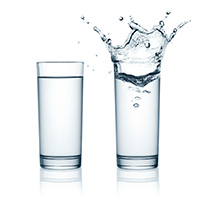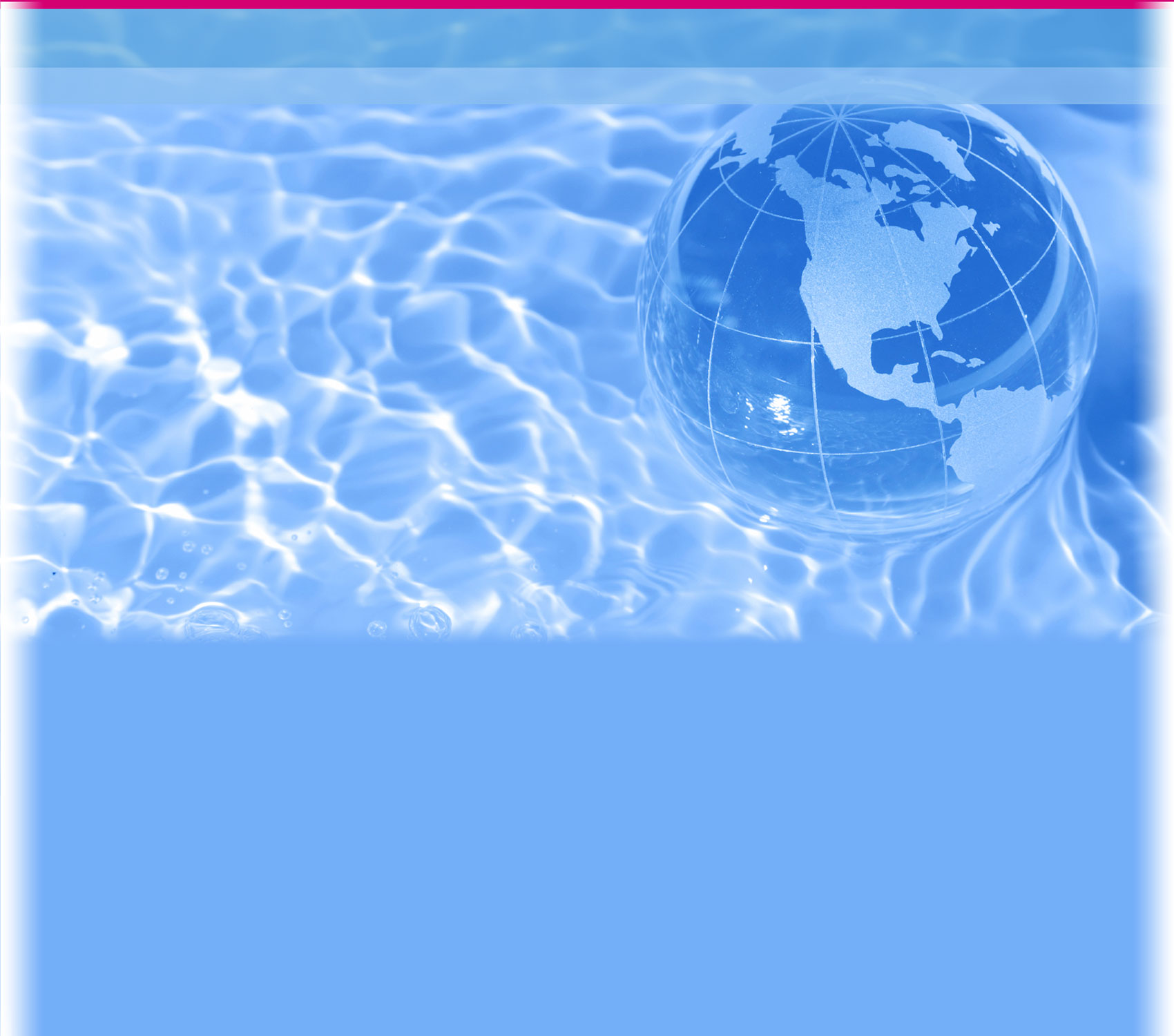Final Presentation
 You and your team have used the engineering design process to build a system for getting clean drinking water.]
You and your team have used the engineering design process to build a system for getting clean drinking water.]
Before any public affairs firm releases a campaign, the firm makes sure that the video or presentation is reviewed by multiple test sources. Now is your chance to screen your video with your classmates.
After you have screened your presentation, received feedback and made revisions, it is ready to present to a larger audience.
You can upload a copy of a video presentation to the Voices of Youth, a U.N. -affiliated website serving 13— to 25-year-olds. They regularly send youth ambassadors to speak in front of the U.N. —so your ideas just may end up influencing world leaders after all!
> Voices of Youth
![]()
(from UNICEF)
If possible, your class may upload presentations to your school's website.
Congratulations, you have completed this STEM activity.


